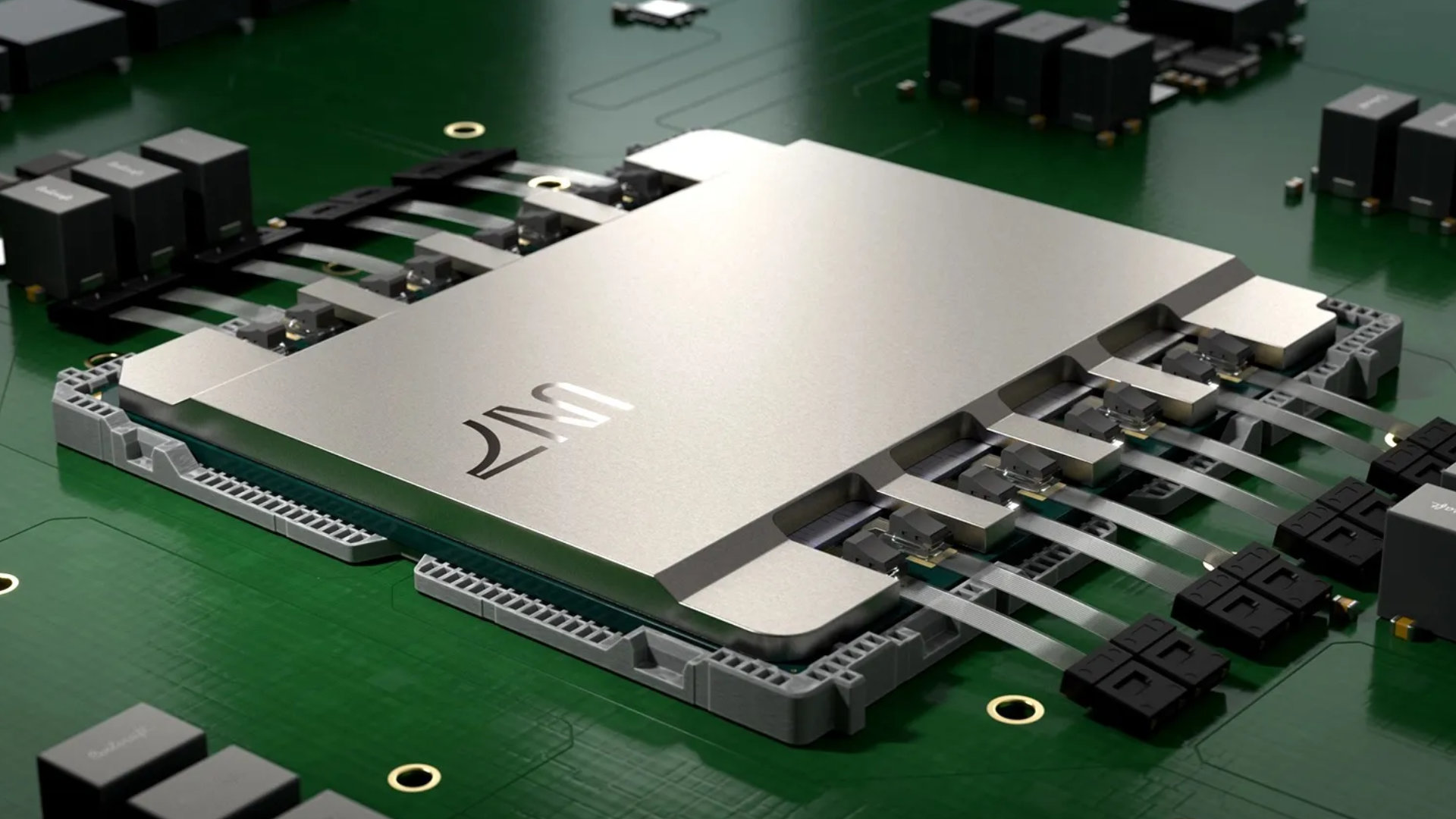In a significant leap forward for computing technology, researchers have unveiled new light-based chips that promise to revolutionize artificial intelligence (AI) processing by utilizing light waves instead of electricity.
These chips are the result of extensive research at institutions like MIT and the University of Pennsylvania. Their goal being to drastically improve processing speeds and energy efficiency at a time when AI’s demand for better processing solutions is at its highest.
Envise and Passage
Lightmatter, a startup founded by MIT alumni, has introduced two key products, Envise and Passage. Both of which harness the power of light for AI computations.
The Envise chip combines traditional electronic memory with photonics to perform massive matrix multiplications necessary for deep learning models. Meanwhile, Passage leverages light’s low latency and high bandwidth to link processors. This enables the creation of extensive computing platforms without substantial increases in power consumption.
Silicon-photonic chip
The University of Pennsylvania has also made strides in this field with a silicon-photonic (SiPh) chip that performs vector-matrix multiplications at the speed of light. SiPh, designed by Nader Engheta and Firooz Aflatouni, utilizes variations in silicon wafer height to control light propagation. That propagation enables ultra-fast mathematical computations essential for training AI models. It not only accelerates processing speeds but also reduces energy usage.
These advancements in light-based chips address the limitations of traditional electronic processors, which are reaching their physical and practical limits. By leveraging photonics, these new chips can handle more data simultaneously, improve computing density, and operate at higher speeds than their electronic counterparts.
This technology holds promise for various applications, from more efficient AI training and medical data analysis to enhanced IT infrastructure and faster, more secure computing systems.

